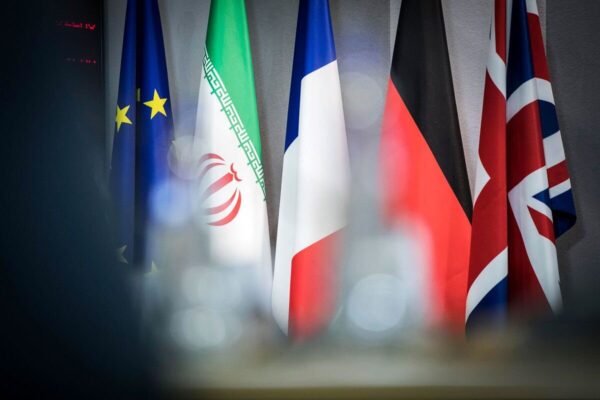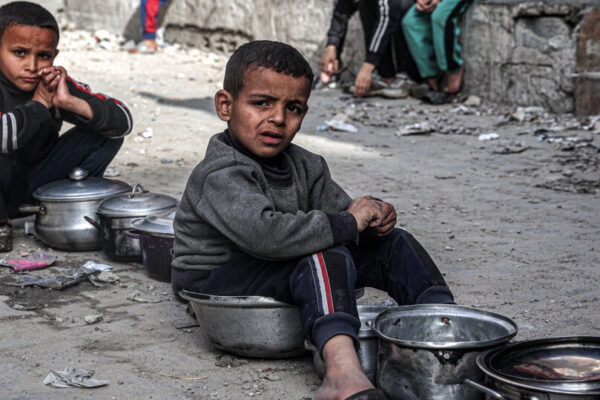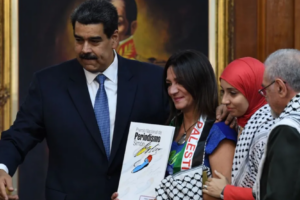After six years of dismal progress on projects under the Belt and Road Initiative in Nepal, China seems to have taken a regional approach to extend President Xi Jinping’s flagship connectivity arm
Published Date – 10:58 PM, Sun – 12 November 23

Kathmandu: After six years of dismal progress on projects under the Belt and Road Initiative in Nepal, China seems to have taken a regional approach to extend President Xi Jinping’s flagship connectivity arm, a report in Kathmandu Post stated.
The report stated that it was apparent in the way the Tibet regional secretary of the Communist Party of China held meetings in Kathmandu and Pokhara. Wang Junzheng, the CPC secretary for Xizang Autonomous Region of China, visited the province and met with its chief minister.
According to observers and experts, the visit by Wang, Beijing’s focal person for Nepal affairs, is significant. It has drawn attention in Kathmandu, particularly with China’s direct engagement with a provincial government in Nepal.
In Kathmandu, Wang said that his visit was focused on “implementing the agreements and understandings” signed between Nepal and China during the recent visit of Prime Minister Pushpa Kamal Dahal to China and the visit by Chinese President Xi Jinping to Nepal in 2019. Pokhara is significant for the Chinese from the BRI point of view. The Chinese side claimed the new airport was built with a loan from Beijing under the north’s global connectivity project despite rebuttal by Nepali officials, Kathmandu Post reported.
Notably, Nepal has sought China’s help in making the international project operational, especially given India’s reluctance to conduct flights to the Lake City from cities across Nepal’s southern border. Gandaki Chief Minister Surendra Pandey had requested Wang to help Nepal commercially operate the Pokhara International Airport, which was built by a Chinese contractor.
“Basically, we asked them to begin regular and direct flights from Lhasa, Chengdu and Guangzhou to Pokhara,” he said.
The Tibetan delegation has pledged to send a team to Pokhara to study the possibility of operating regular flights from three Chinese cities, according to the chief minister. “If Chinese planes get passengers regularly, there will be no difficulty conducting regular flights from Chinese cities. In particular, they told us that they will help us build health-related and infrastructure projects at our request,” Kathmandu Post quoted Pandey as saying.
He added, “As Gandaki Province adjoins Tibet, they said it falls within their priority [area]. They assured assistance to Gandaki Province, primarily in infrastructure and health sectors. They have also asked us to officially express our needs so that they can extend possible cooperation.” Meanwhile, the Chinese delegation is scheduled to leave for Sri Lanka on Sunday after the four-day Nepal visit.
In Kathmandu, they called on President Ramchandra Paudel, Vice President Ramsahay Prasad Yadav, Prime Minister Dahal, National Assembly Chairman Ganesh Prasad Timilsina and Deputy Prime Minister and Minister for Home Affairs Narayan Kaji Shrestha, among others.
The meeting with President Paudel was not on the itinerary, an official at the President’s Office said. “After constant pressure from the Ministry of Foreign Affairs, we arranged the meeting”, Kathmandu Post reported.
According to the brief read-out issued by the prime minister’s private secretariat, matters of mutual interests, including trade, connectivity, tourism and people-to-people contact were discussed. A communique sent to the Ministry of Foreign Affairs said Wang’s visit aimed at maintaining ‘good momentum of high-level exchanges between the two countries’. In Pokhara, according to Chief Minister Pandey, the Chinese said they would open the Korala border pass on Monday and assist Gandaki Province in its development endeavours. The border point was shut by the Chinese for four years. The decision to open it was communicated to the Nepali side during a recent meeting.
The Chinese leaders also invited Chief Minister Pandey to visit Tibet. Upendra Gautam, secretary general of the China Study Center, said China has a policy of mobilising the provinces to execute BRI and this visit is related to the implementation of the Chinese flagship project, Kathmandu Post reported. “In line with the Chinese way of doing things, the BRI has several components and intricacies. They are mobilising several provinces in order to implement the BRI in regions bordering China. As Tibet is adjacent to Nepal, Beijing naturally wants the Tibetan provincial government to take the lead for the BRI’s execution in the country,” said Gautam. According to the report, the multi-billion-dollar Chinese flagship project signed between Nepal and China in 2017, has made little progress despite tall promises from both sides. The two sides still await the finalisation of the draft BRI implementation plan.
Before Nepal signed the BRI, an action plan released by the Chinese central government stated that Tibet would work with Nepal in implementing the BRI and would work closely with the government of Nepal in areas like cultural promotion, development, and trade and commercial cooperation. “The Chinese side has an institutional design and a set-up for BRI execution. The central government and its various agencies prepared a design to take forward the BRI and the visit should be viewed in this context,” Kathmandu Post quoted Gautam as saying.
He added, “Wang’s trip to Pokhara also aimed at exploring the BRI’s execution in Nepal. Some experts wrongly see this visit through the geopolitical lens.” Earlier on Saturday, the Tibetan delegation met DPM Shrestha and stressed that their focus was on the agreements and understandings reached during the visits of Dahal to Beijing and Xi to Kathmandu.
They stated that the meetings with Dahal, Pandey and other leaders were fruitful and expressed their happiness at Nepal’s commitment to one-China policy, according to the private secretariat of DPM Shrestha. Wang said China will extend more support to Nepal to help the people affected by the recent earthquake, according to the secretariat, the report added. “All border points have opened, and transit and transport facilities have resumed… China is helping with 20 million RMB for Nepal’s administrative reform. This economic assistance is in its final stage,” Wang said.
Shrestha, during the meeting, discussed lack of coordination on border security between the two countries because in Nepal, the central government looks after border and boundary affairs while in China the same is handled at central, provincial and county levels, Kathmandu Post reported.









